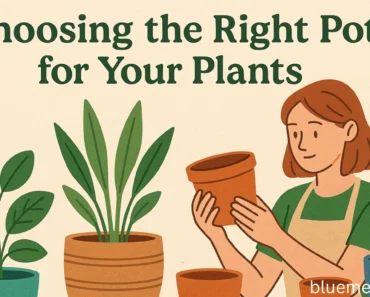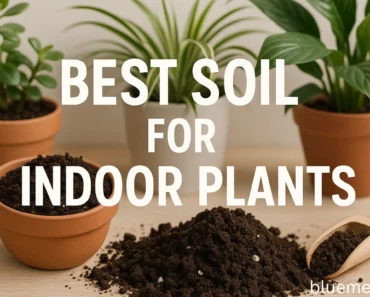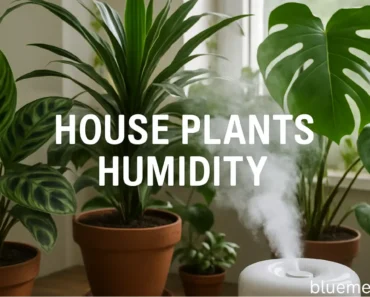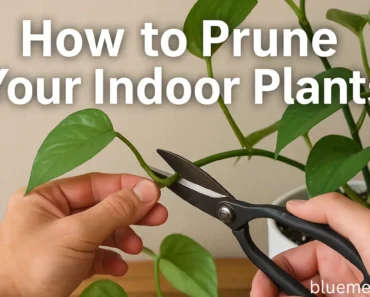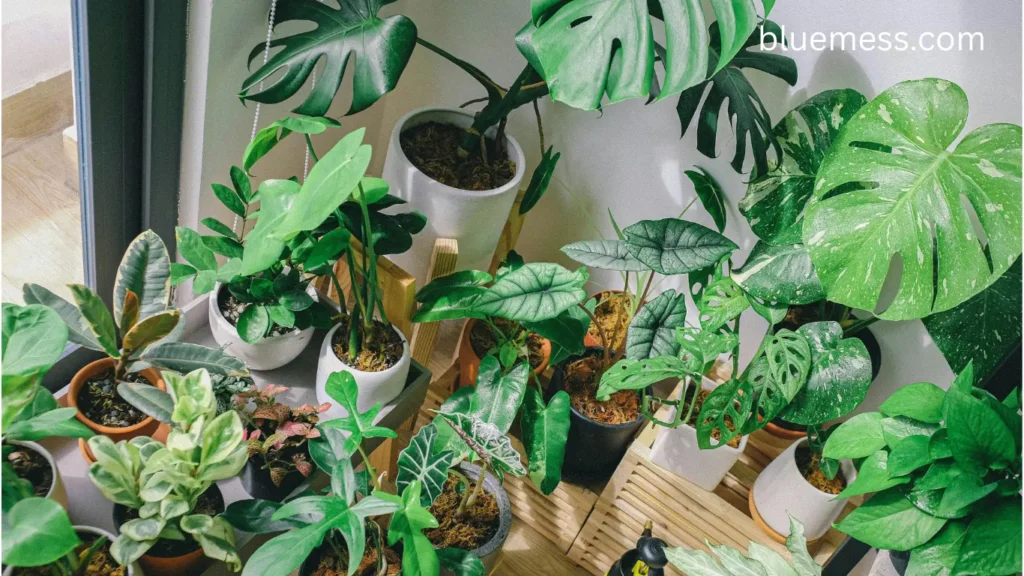
Best Low-Light House Plants
Let’s be real—have you lost track of all the plants you’ve accidentally killed? Same here. If your space barely gets sunlight or your office feels dark, there’s good news: some plants actually thrive in low light.
I’ll reveal the best low light house plants that won’t die the second you bring them home. We’re talking about 10 tough-as-nails options I’ve personally tested. Need a plant for your low-light bedroom or a harshly lit office? I’ve got you covered.
Table of Contents
Alright, before we get into the good stuff, let’s clear something up. When plant people say “low light,” they don’t mean pitch black. Even these drama queens need some light to survive. We’re talking about spots that are 5+ feet from a window, north-facing rooms (aka the saddest rooms), or anywhere with only that depressing office lighting.
Alright, before we get into the good stuff, let’s clear something up. When plant people say “low light,” they don’t mean pitch black. Sorry, but even these drama queens need some light to survive. We’re talking about spots that are like 5+ feet from a window, north-facing rooms (aka the saddest rooms), or anywhere that only gets that depressing office lighting.
Here’s the cool part though – plants that dig low light have basically evolved to be the slackers of the plant world. They’ve got bigger, darker leaves (to soak up every tiny bit of light) and they grow super slowly, which means they’re not constantly demanding food and water like those high-maintenance sun lovers. Perfect for us lazy plant parents, am I right?
The 10 Best Plants for Light-Challenged Spaces
1. Snake Plant (The Unkillable One)
Listen, if you can kill a snake plant, you might want to consider plastic plants. I’m not even kidding. These upright, sword-shaped leaves stay green even in deep shade, making them the ultimate best low-light plants for apartments. They literally thrive on neglect—water them once every 2-3 weeks (or whenever you remember), and they’ll keep their bold, vertical look going. Plus, their modern, architectural vibe fits any space.
2. ZZ Plant (The Shiny Show-Off)
The ZZ plant stars with its glossy, deep green oval leaves that almost look fake because they’re so perfect. It’s also ridiculously easy to care for. Want to know how to care for ZZ plants in low light? Here’s the secret: ignore them. Seriously. Water only when the soil is bone dry (think Sahara Desert dry). They tolerate both drought and dim fluorescent office light, so they’re ideal for forgetful plant owners.
3. Pothos (The Overachiever)
Pothos is like that friend who’s good at everything without even trying. Vining stems carry heart-shaped leaves in green, gold, or white, and they’ll trail beautifully from a shelf or climb up a pole—whatever you want. Growing pothos in low light is easy: plant in soil, water when the top inch is dry, and let it sprawl. These fast-growers can take over your space, so expect to trim them occasionally.
4. Peace Lily (The Drama Queen)
Okay, peace lilies are gorgeous with their broad, shiny leaves and elegant white blooms, but they’re also total drama queens. The good news? When they’re thirsty, the leaves droop noticeably—water them and they’ll spring right back. As one of the few flowering low-light plants, peace lilies don’t need much water and add a touch of class beyond green foliage.
5. Cast Iron Plant (The Tank)
This plant’s name says it all. Thick, leathery, dark green leaves sprout from tough stems that shrug off shade and neglect. The cast iron plant survives in the weirdest corners—basements, hallways with no sun. It’s basically the plant equivalent of a cockroach—in the best possible way.
6. Chinese Evergreen (The Colorful One)
If you’re bored of just green plants, Chinese evergreens are perfect. Their broad, waxy leaves come in silver, pink, and red patterns that stay vivid without bright light. These adaptable plants are ideal for beginners and keep looking good with only occasional watering.
7. Philodendron (The Classic)
Philodendrons are like the jeans of the plant world—classic, versatile, and they go with everything. Heart-shaped or split-leaf varieties bring soft edges and lush foliage to any room. They’re closely related to pothos, with equally easy care and adaptability, so if you can keep one alive, you can keep the other too.
8. Dracaena (The Tall Drink of Water)
Want to add some height to your plant game? Dracaenas have tall, cane-like stems with narrow, arching leaves. Varieties include the corn plant or dragon tree, each producing upright foliage that looks dramatic even in low light. Just water occasionally and dust the leaves when you have time. That’s it for care.
9. Low-Light Ferns (The High-Maintenance Girlfriends)
Okay, I’m gonna be honest—ferns are a bit needier than the other plants here. They have feathery, delicate fronds and crave humidity (imagine steamy bathroom vibes) and steady moisture. But if you meet their needs, indoor ferns like the Boston or bird’s nest fern look fabulously lush in low light. Maybe try an easier plant first, though?
10. Low-Light Succulents (The Plot Twist)
I know what you’re thinking—”Succulents need tons of sun!” Usually, yes. But some like haworthias and gasterias break the rule. These compact succulents have thick, fleshy leaves that hold water and show striping or spotting—all while thriving indoors away from direct light. They’re low light rebels and add a twist to your plant collection.
Where to Put These Bad Boys
Apartments and Tiny Spaces
Living in a shoebox with one sad window? Been there. The best low-light plants for apartments are definitely snake plants, ZZ plants, and pothos. They don’t take up much floor space, and the trailing ones can hang from the ceiling or sit on shelves. Vertical gardening, baby!
Your Depressing Office
Need some life in your cubicle? Low-light houseplants for your office need to survive fluorescent hell and those three-day weekends when you forget they exist. ZZ plants, snake plants, and cast iron plants are your best bet. They’ll survive your vacation and might even make your coworkers think you’ve got your life together.
The Bedroom
Want to wake up in a jungle but your bedroom faces north? Low-light plants for bedrooms like snake plants are perfect – fun fact: they actually release oxygen at night! Peace lilies and Chinese evergreens also work great and won’t judge you for hitting snooze seventeen times.
How to Not Kill Them
Water: Less is More
Here’s the thing – most people kill plants by loving them to death (aka overwatering). These low-light plants that don’t need much water are chill. For snake plants, water every 2-4 weeks. For ZZ plants, water only when soil is bone dry. Always stick your finger in the soil first – if it’s wet, put down the watering can and walk away.
Food: They’re Not That Hungry
These slow growers don’t need much food. Give ’em some diluted fertilizer once a month in summer, maybe every other month in winter. Think of it like giving them a light snack, not a Thanksgiving feast.
Humidity: Some Like It Steamy
Most of these plants don’t care about humidity, but ferns and peace lilies are a bit bougie. Group plants together (they like friends!), put them on a tray of pebbles with water, or just stick ’em in the bathroom. Easy peasy.
The Spin and Clean
Every few months, give your plants a quarter turn so they don’t get lopsided reaching for light. And wipe down those leaves occasionally – dusty leaves can’t photosynthesize properly, and we need all the help we can get in low light!
When Things Go Wrong (And They Will)
Yellow Leaves: The Classic Overwatering Oops
See yellow leaves? You’re probably drowning your plant. Back away from the watering can! Let it dry out and it’ll probably forgive you. If it’s just the old leaves at the bottom going yellow, that’s just plant aging – totally normal.
Stretchy, Sad Growth
If your plant starts looking like it’s reaching desperately for something, it probably needs a tiny bit more light. You don’t need to move it to a sunny window, just maybe a foot or two closer to whatever light source you’ve got.
Bugs: Ugh, Why?
Sometimes you’ll get spider mites or mealybugs because life isn’t fair. Check your plants when you water them, and if you see any creepy crawlies, hit ’em with some neem oil. Problem solved.
Making Plant Babies for Free
Here’s where it gets fun – most of these plants are super easy to propagate. Pothos and philodendrons? Just cut a piece with a node, stick it in water, and wait for roots. Snake plants? Pull apart the babies at the base. ZZ plants take forever to root from leaves, but hey, free plants are worth the wait!
Let’s Wrap This Up
You don’t need a greenhouse to be a plant person. These low-light house plants can transform even the darkest corners. Start with a snake plant or pothos, learn the basics, and expand from there.
Remember: “low light” doesn’t mean “no light.” If you can read in a spot, a low-light plant can probably survive.
Ready to join the plant parent club? Pick up one of these hardy plants and watch your space transform. Enjoy your new green oasis!
Share your plant stories in the comments, and subscribe for more practical plant tips. Happy planting! 🌿
Author
George Wine is a seasoned gardening expert with over 20 years of experience in the field of horticulture. His passion for plants and nature has driven his career, where he has honed his skills in various aspects of gardening, from landscape design to plant care. George holds a Master of Science in Horticulture from the University of California, Davis (UC Davis), a prestigious institution known for its research and advancements in plant science.
Throughout his career, George has worked with a diverse range of clients, offering tailored solutions to enhance outdoor spaces and create thriving gardens. His knowledge and expertise allow him to provide invaluable advice, ensuring that both novice and experienced gardeners achieve their gardening goals. Whether you’re looking for tips on sustainable gardening practices, innovative design ideas, or advice on specific plant species, George is here to help you cultivate the garden of your dreams.

